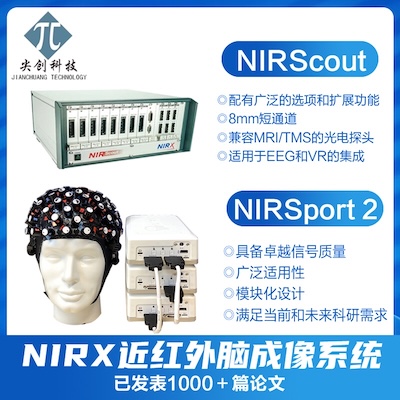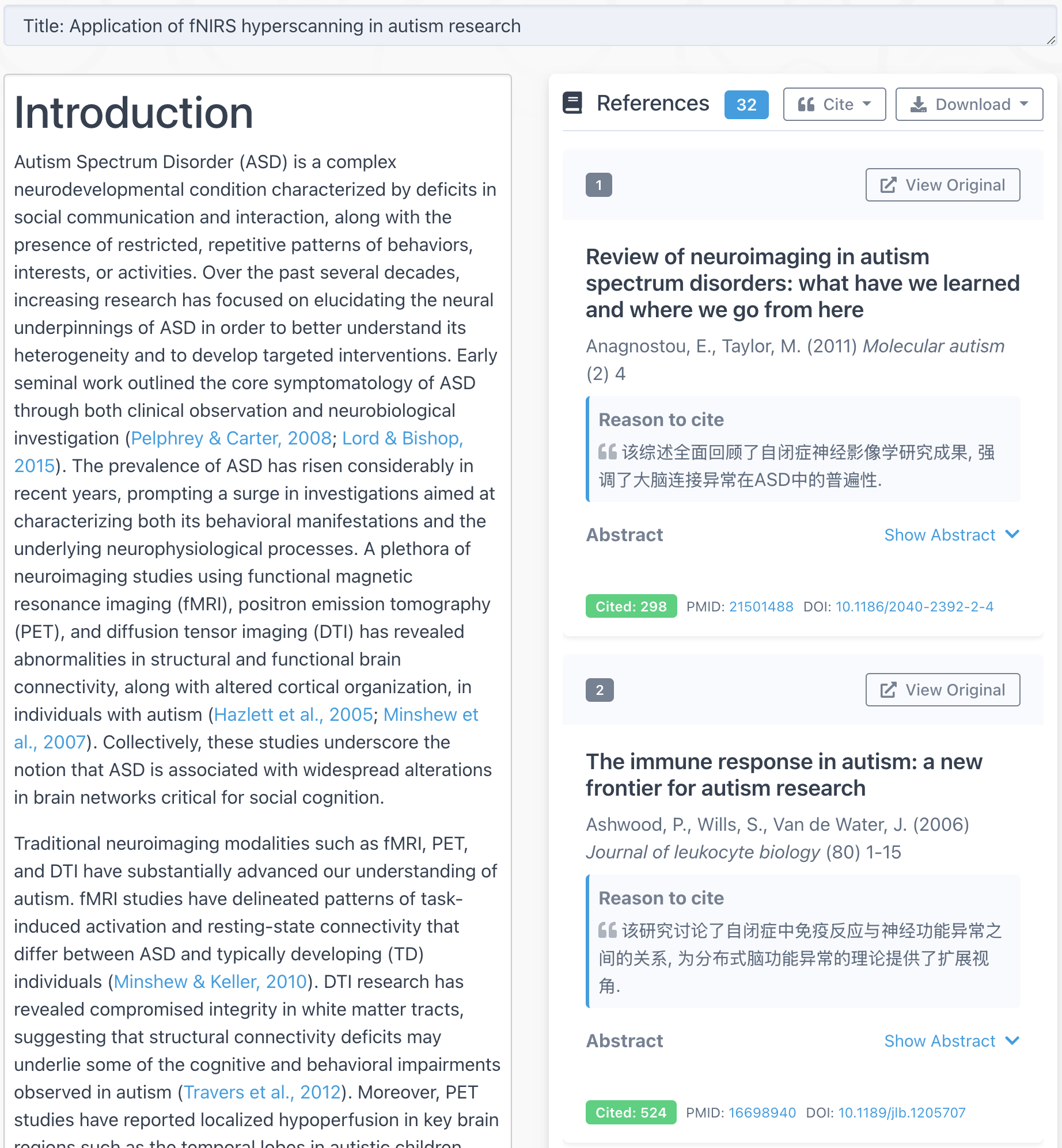The vast majority of studies on the relationship between human brain and behavior try to answer the “where” question: Where in the brain are the regions that are responsible for a particular task? For example, where is the finger movement area, where is the vision area, and more ‘advanced’ questions, where is the angry area?
To answer these questions researchers need to design some tasks that the subjects have to perform when their brains are scanned. These tasks sometimes are called games, though in most cases they are not as fun as real-life game. Today I will talk about “finger tapping” task.
The task is very simple. The subject will put their hands on a comfortable place (e.g. fMRI bed). Upon instruction, he will tap his fingers continuously until he is instructed to stop. This duration could be as long as 30s. Then after some rest period (again, can be as long as 30s), he repeats the tapping. This tapping-rest cycle will repeat for a few times (say 10 times).
Here is how it is described in one of my recent publications:
The finger tapping task consisted of 10 alternating tapping and resting epochs. Each tapping epoch lasted 15 s and each resting epoch lasted 20 s. During the tapping epochs, a circular checkerboard pattern flashed on the screen. During the resting epochs, a fixation cross was displayed on the screen. Participants were instructed to tap the fingers on their left hand vigorously while the checkerboard was flashing and remain still while the fixation cross was displayed.
The finger tapping task is very commonly used to (1) find the motor area (2) assess the new technology (3) assess the recovery of movement disorder. For example, I personally had done finger tapping experiment probably more than 20 times when we are using functional Near Infrared Spectroscopy as a new way to measure human brain in Stanford University. We use the task to compare fMRI and fNIRS, to develop a method to reduce signal noise, and to reduce signal detection delay. If you search “finger tapping” pubmed, you will get 1555 papers.
The task will robustly elicit activity in the motor area (below). The signal extracted from the motor area is beautifully correlated with the finger tapping task.


The vertical lines indicate the start and end of each finger tapping section. The black/red dots are the brain signals (fNIRS signal) from motor area.


